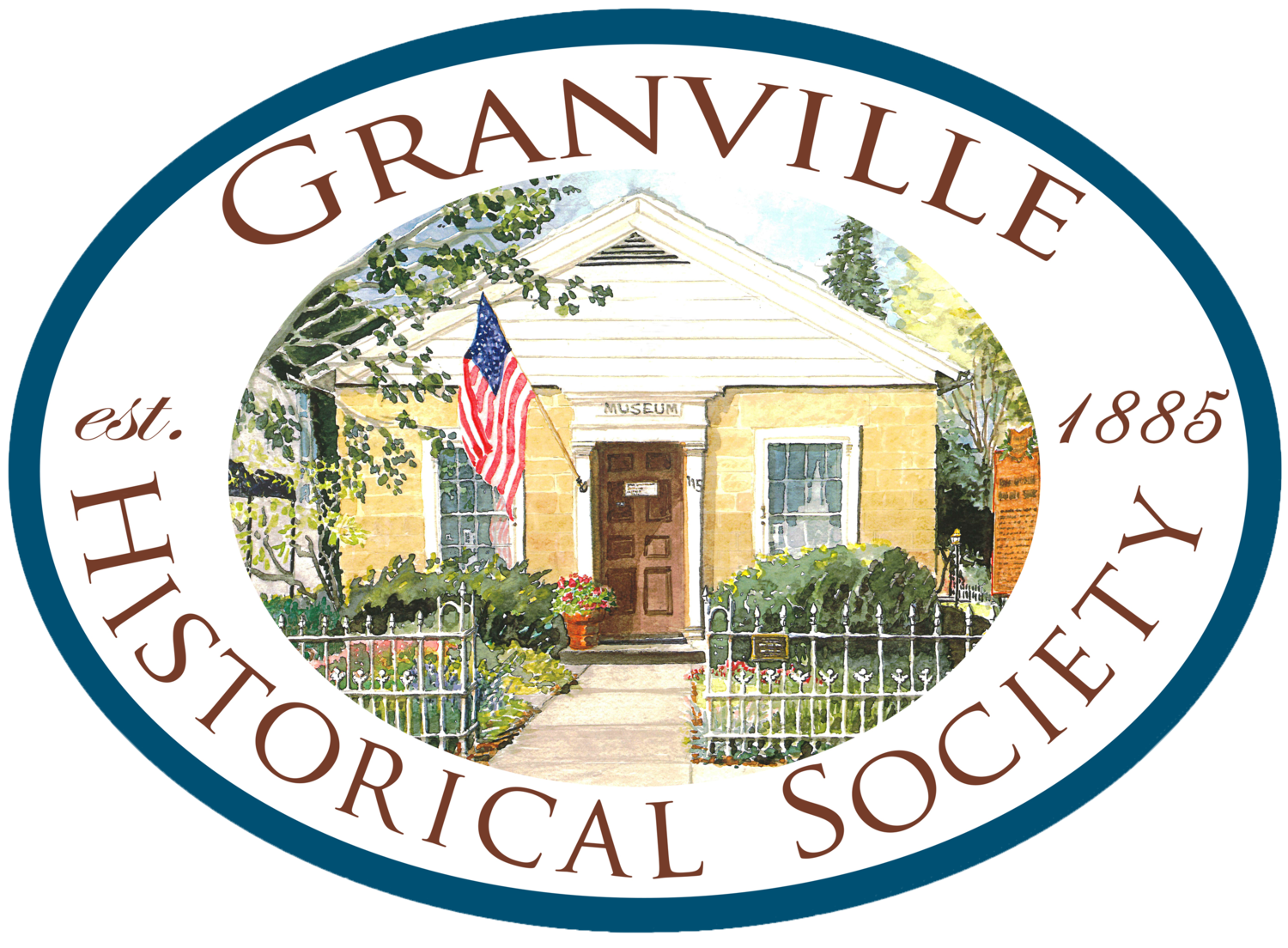Granville, Ohio is a special place with an interesting history
Unlike many settlements in the early 1800s, Granville was a planned community, founded in 1805 by people from the town of Granville, Massachusetts. These New Englanders faced an economic crisis, since their population was booming but the soil in their area was exhausted. They looked west to the then-new state of Ohio for their prosperity.
Granville is located in what was known as the "Military Lands," territory that the U.S. government had seized in the Northwest Indian War in the 1790s. Having forcibly moved most of the Native Americans to the north and west, the U.S. then parceled up the land and gave it to veterans of the Revolutionary War.
The most common route that the settlers took from Massachusetts to Ohio.
Few of these veterans actually wanted to move out to Ohio and work the land themselves, so speculators bought up these parcels for pennies on the dollar, packaged them, and re-sold them to communities like Granville, Mass., which paid $48,000--a little over $1 million in today's dollars--for 29,000 acres.
And so in the fall of 1805, more than 200 people left Massachusetts for central Ohio, an arduous and dangerous journey through the Alleghenies.
The new community arrived not at a town, however, but only a cold and rainy spot in the dense forest of central Ohio. According to legend, they celebrated their arrival by cutting down a beech tree and holding an open-air church service around the stump, an event commemorated in various places around town including the local post office.
This stove, manufactured by the Granville Furnace in the 19th century, hints at Granville's unexpected past as an industrial town. The stove is now housed in the Granville Historical Society museum.
Ohio may have still been the middle of nowhere, but the newcomers had planned out the town in advance and set to work realizing that vision. The settlements geographical features reinforced their values: Granville is nestled between three lovely hills that encouraged the kind of compact, tidy village that the New Englanders wanted anyway.
In contrast to most Ohio settlements, then, Granville benefited from being planned by close-knit Puritans who had a very specific vision of what constitutes a harmonious and livable community. Indeed, much of the later history of Granville has involved the question of how (or whether) to adapt this original vision of village life to subsequent social changes.
Perhaps most surprising to visitors today, Granville almost became an industrial powerhouse in the region. In the first two decades after the founding, iron furnaces, tanneries, distilleries, and mills dominated the local economy, and many thought the town's future would be in heavy manufacturing.
The Rose Brothers of Granville in their Union uniforms.
But in the 1830s, both the National Road and the Ohio & Erie Canal passed Granville by, and most of the industry moved elsewhere. This potentially devastating blow, however, paved the way for a different kind of growth, and the village became an educational center with the founding of schools in the 1830s from which Denison University grew.
The village of Granville and the surrounding area later played an important role in the abolition movement, and contributed as much to the North's victory in the Civil War as any community of its size. It has continued to be both typical and atypical in various ways as it changed with--or resisted the changes of--the rest of Ohio and the nation.
In the Granville Historical Society museum we proudly display a wide range of artifacts from the past two centuries (and, for the sharp-eyed visitor, from long, long before that). Those momentous early years are represented, but so too are ordinary and extraordinary moments from the lives of Granvillians in the 200 years since. We hope you enjoy exploring the history of this special community.
Granville, Ohio today: the 100 block of East Broadway.








